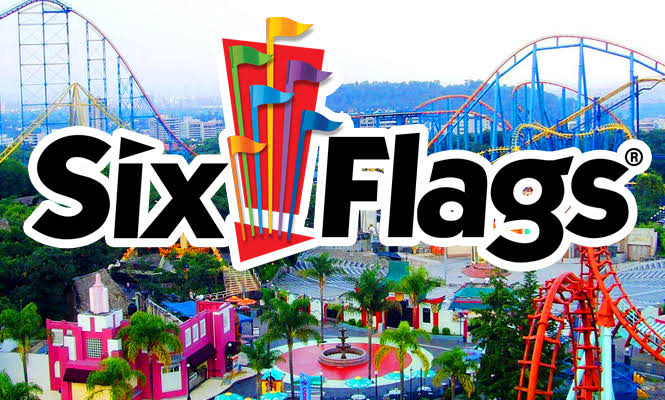As the 2025 season approaches its end, Six Flags Entertainment Corporation made the surprising decision to close both Hurricane Harbor and Six Flags America, located in Bowie, Maryland. This announcement has sent shockwaves through the local community, employees, and loyal visitors who have frequented these parks for years. While the closure may seem abrupt, there are several factors contributing to this decision, ranging from operational challenges to broader shifts within the amusement park industry.
Six Flags America, which opened its doors in 1974 as “Marriott’s Great America,” has long been a staple in the Maryland and D.C. metro area. Known for its thrilling roller coasters, family-friendly attractions, and seasonal events, the park drew in millions of visitors over its decades of operation. Its expansion in 1995 to include Hurricane Harbor, a water park complex, further bolstered the park’s appeal during the hot summer months. However, the dynamics of the amusement park industry have changed over the years, making it harder for parks like Six Flags America to remain competitive in an increasingly crowded market.
One factor in the decision to close both parks is likely the shifting consumer preferences. In recent years, people have gravitated toward more immersive, high-tech experiences, with newer theme parks offering cutting-edge attractions that blend virtual reality, advanced ride technology, and interactive storytelling. Six Flags America, by contrast, has struggled to keep up with the rapid technological advancements seen in other parts of the industry. While it has made some efforts to upgrade its attractions, the park’s aging infrastructure may not have been able to support the capital investment required to modernize its offerings to the level that new customers demand.
Additionally, Hurricane Harbor, which was once a major draw for those seeking relief from the summer heat, may have faced challenges due to growing competition in the water park space. With a proliferation of smaller, standalone water parks and large regional resorts boasting impressive water attractions, Six Flags’ water park could have struggled to keep up in terms of innovation and guest experience. These parks demand a high level of investment to maintain their appeal, and as Hurricane Harbor’s facilities aged, it may have been difficult for Six Flags to justify further expenditures given the declining returns.
The financial performance of Six Flags America and Hurricane Harbor could also play a significant role in the closure decision. Over the past few years, many regional amusement parks have faced declining attendance, possibly due to economic factors, changes in consumer behavior, and increased competition from other entertainment options like theme park resorts, streaming services, and even esports. Additionally, regional parks tend to be more vulnerable to fluctuations in the economy, with discretionary spending often being one of the first areas affected during downturns. If Six Flags America and Hurricane Harbor had seen a steady decline in attendance or profitability, it would have made sense for Six Flags to cut their losses and focus on its more profitable properties.
Another contributing factor to the closure could be Six Flags’ ongoing efforts to streamline its operations and refocus its brand. In recent years, the company has made a concerted effort to focus on its larger and more profitable parks, like Six Flags Magic Mountain in California and Six Flags Great Adventure in New Jersey. These parks boast larger attendance numbers, higher revenue potential, and attractions that draw in a more diverse crowd. Closing Six Flags America and Hurricane Harbor allows the company to consolidate its resources and potentially reinvest in its flagship properties, making them more competitive with global theme park leaders like Disney and Universal Studios.
The closure of these parks will have a significant impact on the local economy in Bowie, Maryland. Thousands of employees, many of whom rely on seasonal jobs, will lose their positions, and local businesses that depend on the influx of tourists during peak seasons will likely feel the economic effects. It also represents a loss for the region’s residents who have fond memories of visiting Six Flags America and Hurricane Harbor over the years. These parks have become part of the cultural fabric of the area, providing families with affordable entertainment and a sense of community.
While the closure of Six Flags America and Hurricane Harbor may mark the end of an era, it also highlights the evolving landscape of the amusement park industry. With changing consumer demands, shifting economic realities, and the rise of new forms of entertainment, theme parks must constantly adapt or risk falling behind. For Six Flags Entertainment Corporation, this closure could be seen as a strategic move to position itself for future growth in an industry that is both challenging and highly competitive. Whether this move will pay off remains to be seen, but for now, the closing of these two parks represents a pivotal moment in the company’s history.
